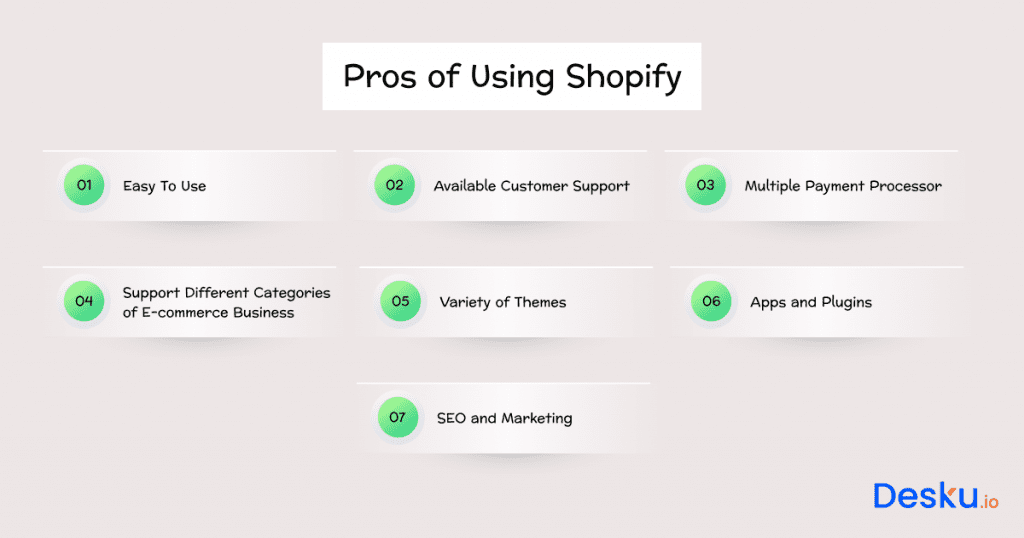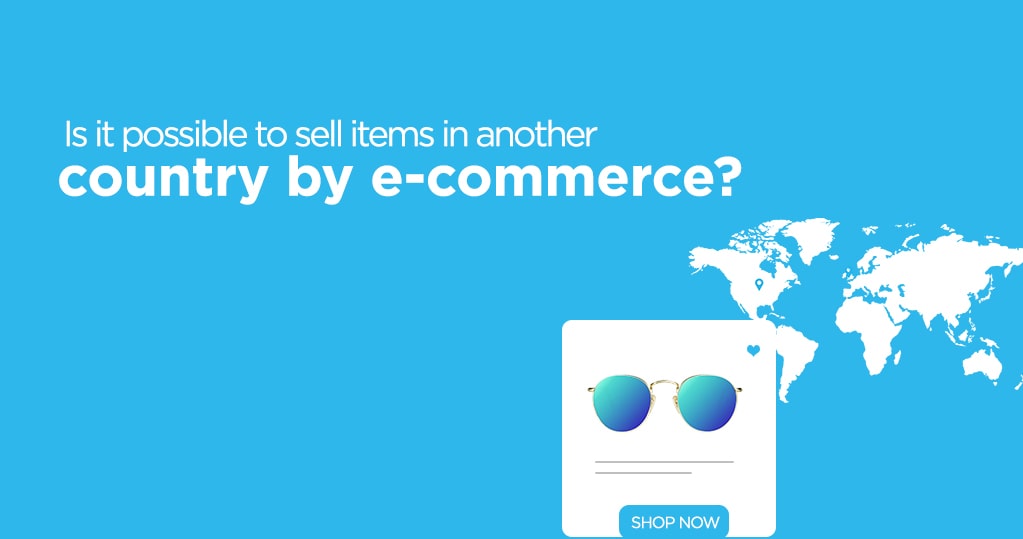Expert Suggestions For Selecting Sellvia Shopify Dropshipping Services
Expert Suggestions For Selecting Sellvia Shopify Dropshipping Services
Blog Article
How Can You Assess The Sourcing Of Products Suppliers, Dropshipping And Supplier Integration Services For Us Markets Using Shopify, Wordpress And Amazon Sellers
To evaluate the ability of the platform to dropship into the U.S. marketplace, you should look at the reliability of its supplier, integration speed and ease, and its appeal to U.S. clients. This is a summary of the features to consider in Amazon Sellers, Shopify or WordPress for your dropshipping needs.
1. Amazon Seller
Fulfilled by Amazon FBA (vs. Merchant Fulfilled. Amazon's FBA service can help you satisfy your customers' needs through warehousing and faster delivery. FBA differs from dropshipping in that it requires you to buy your inventory up front.
Amazon Dropshipping Policy - In order to be in compliance with Amazon's dropshipping policy you must signify yourself as an official seller. Third-party service providers must be dependable in their services and quality in order to avoid account termination because of order issues or feedback that is negative. Be sure that any supplier you select meets Amazon's stringent shipping and packaging guidelines.
Amazon provides the least flexibility when it comes to suppliers. There are less integrations for dropshipping with external providers, like those on Shopify or WordPress. Dropshipping with Amazon requires you to work with Amazon-compatible suppliers who meet delivery requirements or you may select private label FBA.
Amazon Seller Assessment:
Examine Supplier Dependability: Evaluate the ability of the supplier to meet Amazon's expectations for speedy delivery (often within 2-3 days for Prime customers).
Policy compliance: Check that your suppliers are in compliance with Amazon’s requirements for labeling and packaging, as well as their policies on returns and refunds.
Communication with suppliers: You'll have to communicate clearly and reliably to resolve any issues. Choose suppliers who have constant stock levels and good quality, to avoid interruptions if you're using FBA.
2. Shopify
Supplier Integration Options: Shopify offers numerous supplier integration tools like Oberlo, Spocket, DSers, and Modalyst making it much easier to find products and connect with dropshipping suppliers. A lot of these apps offer choices to work with U.S.-based suppliers to cut the time to ship.
U.S. Supplier Access: Tools like Spocket and Printful are specifically designed to source from U.S. suppliers.
Automated synchronization: Shopify's apps automatically synchronize listings of products inventory, prices and inventory from vendors, decreasing the risk of selling out-ofstock products or committing pricing mistakes. Automated fulfillment capabilities are beneficial in reducing the amount manual work required and updating the status of orders.
Variety of Products and Niche Options: Determine if integrations allow users to use a variety of products that align with your niche. This could be beneficial to customer satisfaction and brand consistency.
Shopify: Steps to Assess
U.S.-Based Suppliers Availability: Examine which suppliers have U.S. warehouses or offer quick shipping options to customers in the U.S. market. Printful and Spocket are the best for U.S.-based suppliers.
Product Quality and Reviews Read reviews and try out samples of products, if you can. Supplier reliability is variable, and the feedback of customers about product quality can have a significant impact on.
Test Supplier Response Time and Customer Service: This is especially important when problems occur. The reliability of customer support provided by suppliers can help with quicker resolutions and better satisfaction of customers.
3. WordPress (WooCommerce),
Flexible Sourcing with plugins: WooCommerce on WordPress allows an enormous amount of flexibility when it comes to sourcing with plugins like AliDropship, Spocket, and WooDropship which allow you to sync suppliers' items directly to your store.
U.S.-Based Supplier Options Similar to Shopify, WooCommerce integrates with U.S.-based suppliers via Spocket, Printful, and others, which is advantageous for speedy delivery on the U.S. market.
Product Customization and Private Label Options: WooCommerce may also integrate with private label and custom print providers like Printful, which allows for product branding and customization--helpful for establishing a unique brand identity.
Manual Fulfillment: WooCommerce offers automated fulfillment through many plugins. With manual control, it is easier to customize or troubleshoot orders. It is a compromise, because it takes longer to set up and manage compared with Shopify's plug and play integration.
WooCommerce Assessment Steps
Reviews and Compatibility: Read reviews of the plugins of suppliers to make sure they're well-reviewed and compatible with WooCommerce. Check that products, stock and prices are automatically synced. This is essential to manage large orders.
Quality Assurance for Suppliers Conduct a thorough investigation of potential suppliers and their track record particularly those based in the U.S. Look for suppliers who offer good customer service as well being consistent in terms of product quality.
WooCommerce permits product customization and allows for flexibility in pricing. This is useful if you frequently need to modify markups for products in response to market trends, supplier costs and other elements. Have a look at the top rated Sellvia reviews for site recommendations including ecommerce business for sale, best items to sell online, sellvia amazon, start online business, ecommerce co, software e commerce, amazon ecommerce, ecommerce storefront, electronic commerce, online selling items and more.
How Best To Assess The Quality Of Customer Feedback And Support
Dropshipping platforms such as Amazon Seller and Shopify (WooCommerce), it is vital to assess customer feedback and support. Each platform has a different degree of support and feedback which may influence the satisfaction of customers and their success. Here are some methods to compare the three platforms.
1. Amazon Seller
Customer Feedback Mechanisms:
Product Reviews and Ratings: Amazon allows customers to write reviews and rate products from 1 to 5 stars scale. This feedback is crucial for seller reputation and can significantly influence sales. High ratings boost visibility and credibility.
Feedback for Sellers: Buyers who give reviews directly to sellers could impact their overall rating as well the metrics of performance. Negative feedback that is persistent can lead to account suspension or even lower visibility.
Q&A Section : Customers are allowed to ask questions about products, and sellers (and/or other buyers) can answer. This section clarifies product details and creates confidence.
Customer Support Features
Amazon Customer Service provides an extensive system for customer service. Sellers are not directly responsible for customer support for FBA orders, as Amazon handles customer inquiries, returns as well as refunds. However, for merchant-fulfilled orders sellers must manage their own customer support.
Return Policy: Amazon’s return policy is friendly to customers with straightforward return procedures which increase trust among consumers however, they can be difficult for sellers to handle.
Seller Support: Amazon provides dedicated support for sellers, and includes help via Seller Central with tools for solving issues with account health or performance metrics, as well as disputes between sellers.
Amazon Sellers, Assessment Steps
Examine Seller Metrics. Review feedback from your clients and your own ratings for sellers to find areas of improvement. You should strive to achieve high ratings in order to gain credibility.
Review Customer Reviews. Examine reviews and other inquiries frequently to resolve the customer's concerns quickly and to maintain standards for the product.
Amazon Resources: Get to be familiar with the Amazon Seller Central support features. This includes performance notifications as well as resolution options.
2. Shopify
Customer Feedback Mechanisms for Customer Feedback
Shopify Reviews Sellers can choose to integrate reviews from customers (e.g. Yotpo and Judge.me) that allow customers to post reviews directly on their pages for products. This kind of feedback could be essential to increase sales and trust.
Social Proof: Many Shopify stores rely on social proof via testimonials, case studies, or user-generated content posted on social media. This helps to boost the credibility of your store and draw in new customers.
Shopify merchants have introduced post-purchase surveys to collect data about customer experience and satisfaction. The information can be used to improve the quality of their services.
Customer Support Features
Shopify provides 24/7 support via email, phone, and live chat. This allows merchants to get assistance at any time they require it, which is crucial when operating a dropshipping service.
Shopify Help Center - A complete resource center that provides tutorials, articles, community forums and guidance on topics that range from setting up a store to marketing strategies.
Shopify Applications for Customer Service: Shopify supports a variety software for customer support, including Zendesk Gorgias which help customers with enquiries.
Methods of Assessment for Shopify
How can you encourage customers to leave feedback after completing the purchase.
Test Support Channels: Contact Shopify Customer support to determine response times and the quality of support you receive.
Utilize the Help Center Resources. Familiarize with the Shopify Help Center in order to efficiently resolve issues.
3. WordPress (WooCommerce),
Customer Feedback:
Product Reviews: WooCommerce includes built-in review capabilities for products, which allows customers to post ratings and feedback. Sellers have the ability to moderate reviews for accuracy and quality.
Feedback Plugins: Many WooCommerce stores utilize plugins for enhanced review systems (e.g., YITH WooCommerce Advanced Reviews) or feedback forms that permit detailed customer input.
Social Media Integration WooCommerce stores frequently encourage customers to leave reviews via social media platforms. Reviews can be shared on the product's pages to increase credibility.
Customer Support Features
The users of WooCommerce are heavily dependent on community forums, documentation and other self-service support methods to resolve issues. WooCommerce Help Docs can provide an extensive amount of assistance, however they might not be accessible at the same speed as Shopify.
Hosting Support: WooCommerce sellers who utilize managed hosting services get customer support. The quality of support provided to customers will vary greatly among hosting companies.
Support systems are tailored: WooCommerce integrates with customer service tools such as Zendesk and Freshdesk. This allows sellers the ability to respond to customer inquiries.
WooCommerce: Evaluation Steps
Examine Review Functionality: Make sure that the review feature of your product is activated. You may also evaluate any review plugins you need to improve the feedback process.
Test Hosting Support: If using managed hosting, please contact support to assess the responsiveness of service and the quality of support offered.
Create a Support System: Consider integrating a helpdesk or ticketing system that can handle customer inquiries more efficiently. Follow the pro Sellvia reviews for website recommendations including starting an ecommerce business from scratch, open online business, ecommerce solution, sell products online, sellvia log in, sell products online, create an online store, ecommerce services, e commerce e commerce, online companies for sale and more. 